So at the same time that I bought the lidar, I had dropped about a hundred euro on aliexpress on other stuff as well. Most were presents or non-present things for xmas or general stuff like torches, but a few were just for me to play around with on the Raspberry Pis that have been building up around here — an old project came home from work and I realised I had one Raspberry Pi B+, two Zeros and three Zero Ws, one of which I had ordered back in October because I had literally lost one of the two Zeros in my toolbox.
Yes, you can now lose a complete linux computer (which costs a fiver, I’m not rich) in your toolbox. It doesn’t even have to be that full. Welcome to the future. Sorry, we don’t have housing, equality, universal healthcare or even a decent separation between church and state, but we do have a nifty selection of toys, which if you’re having to deal with all the other crap, is probably nothing to sneeze at.
Anyway, I bought a bunch of small things to help with some stuff in the lab (look, it’s a home office that never does office-ing, and it’s got some kit in it that we had in labs in college, so it’s the lab and the shed is the shed, it makes perfect sense to me…). Mostly things like battery holders, alligator clips and test clips, more breadboards and those cool little plug-in power adapters for breadboards, you know the ones? These:
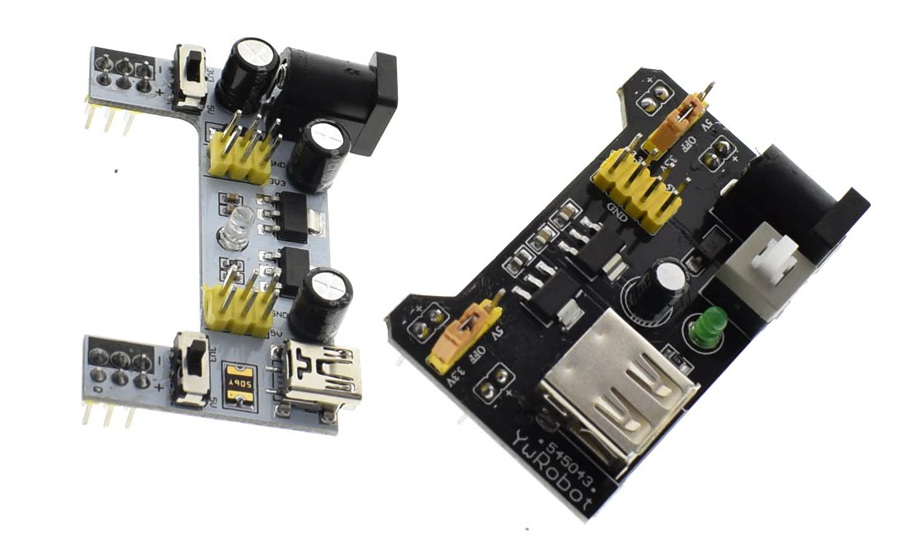
They’re super handy, you can feed them from a USB powerbank or a DC wall wart if you’re feeling brave about earthing, and you get stabilised conditioned power for either a 5V or 3.3V rail thanks to a buck converter and a power switch (slightly more civilised than yanking cords). Neat solution and cheap as chips.
But I was also thinking I could use a slightly beefier PSU to have handy just for things like large LED arrays, and I didn’t want to tie down the adjustable bench supply I have, so I went down a tried and trusted DIY route – just get a cheap as chips PC power supply (the ATX ones go for almost no money and are all rated in the hundreds of watts range with standard voltages and standard connectors) and even bought a readymade PCB with terminals for one.
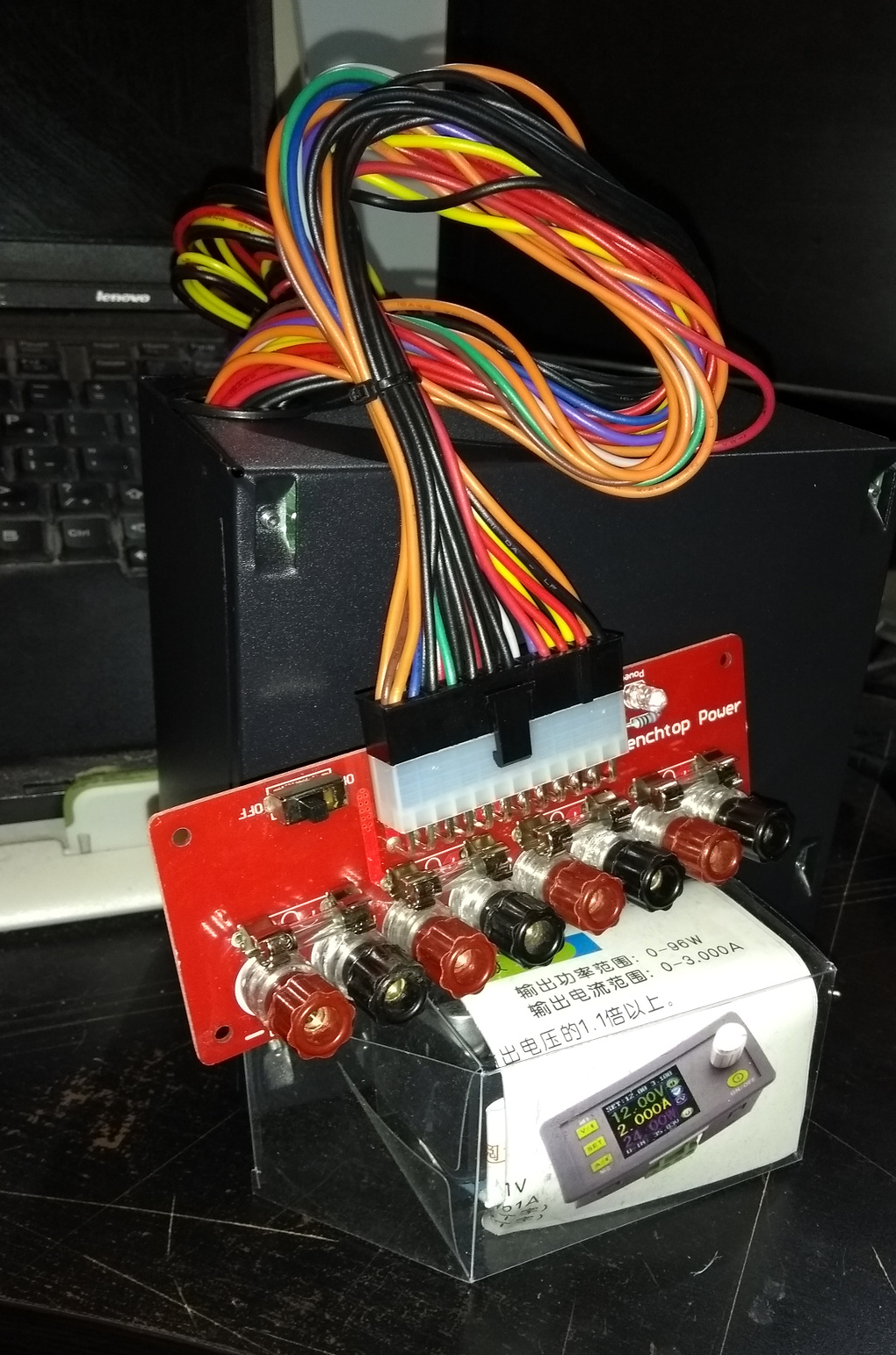
I also got a variable buck convertor module with display because there are spare leads on that ATX power supply, I might as well feed them into something useful. A bit of work with some wood and acrylic for a case and front panel and I’ll have a nice benchtop tool to work with for half the cost of my current bench power supply, and that was the cheapest Farnell had and it was on sale…
And there was also a megger tester clone because if you’re buying stuff from china that goes near the mains, you want to be able to test it for insulation breakdown and the like.
Oh, not from aliexpress but from dealz (aka poundland) came these:
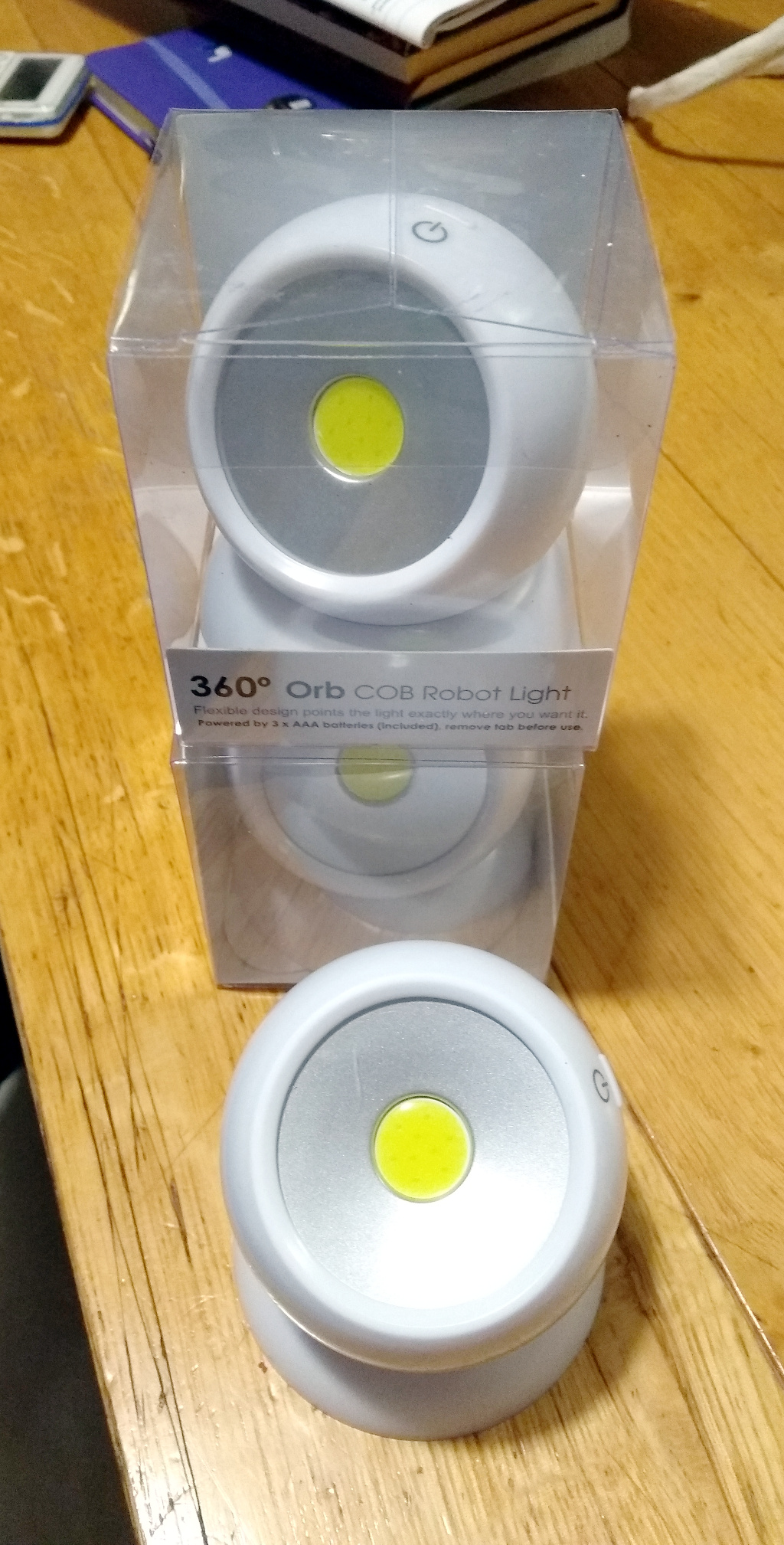
I know they look cheap (and they are) but they’re bloody handy little gadgets. They’ve made lighting up the lab a lot easier, just stick them up with double-sided tape and the magnet is strong enough to let them act even as downlights:
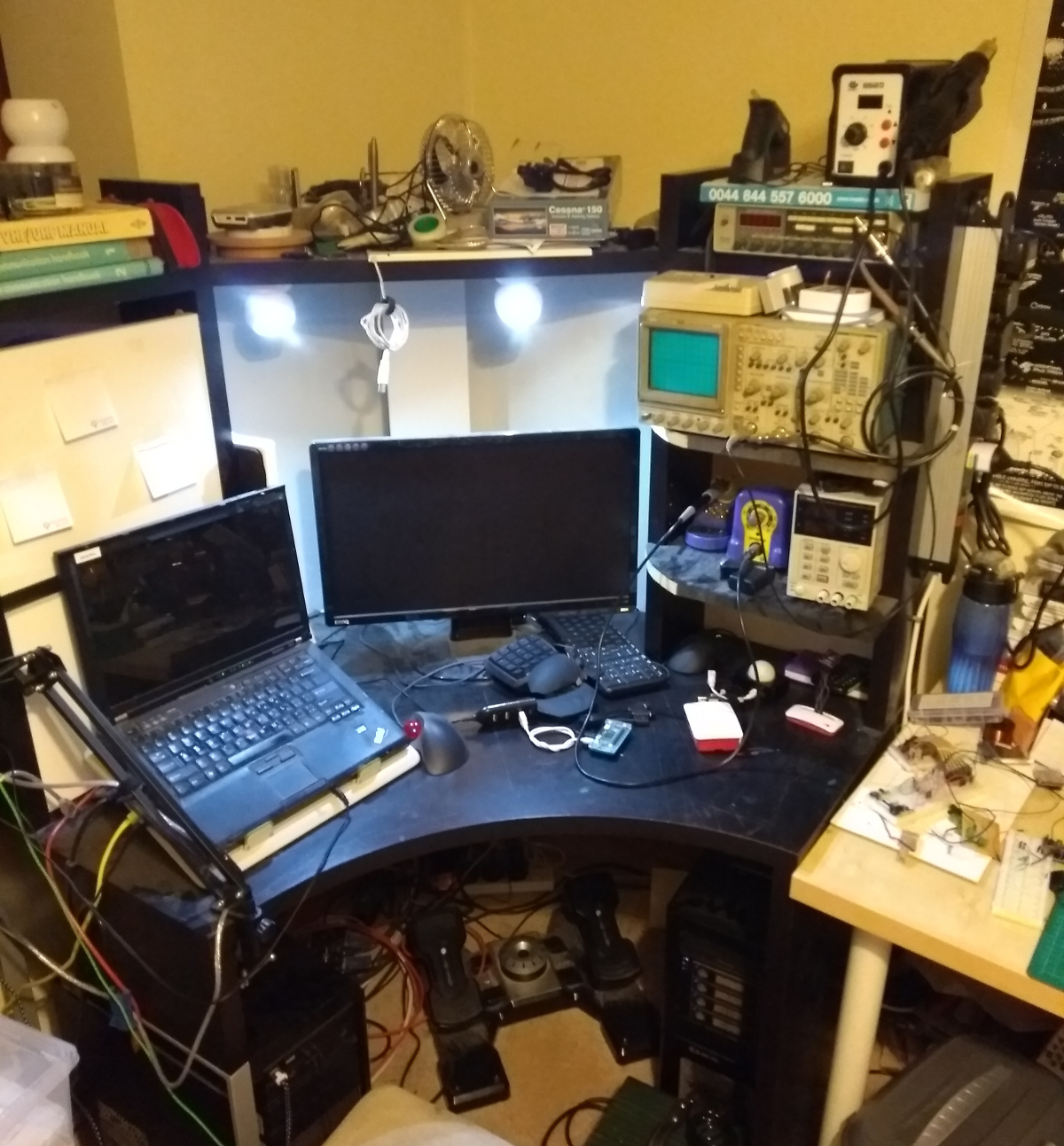
Along with those, I got a bunch of sensors because wow have the mobile phone and consumer electronics industries gone and made these things cheap. The most expensive one I got was a lightning detector. Anyone remember the StormScope?
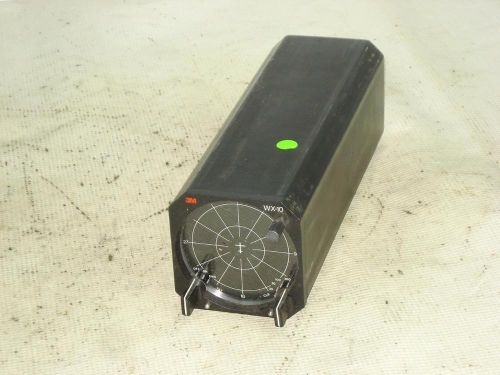
Handy little thing that sat in a light airplane’s cockpit (think Cessna 172, not Boeing 767), along with all the extra processing and antenna stuff that was hidden away elsewhere:
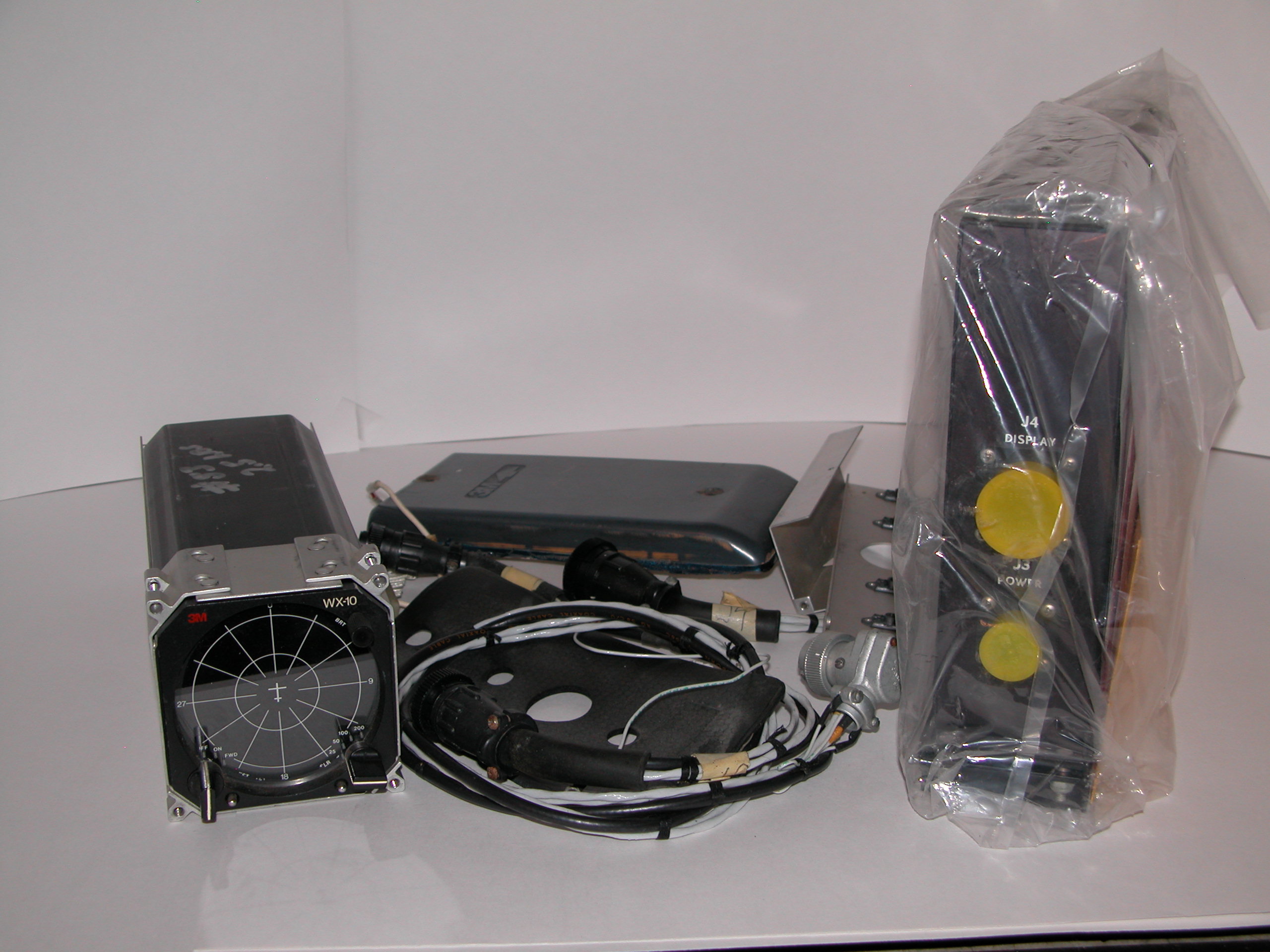
And all that gave you an idea of where nearby lightning strikes were so you didn’t fly into thunderstorms.
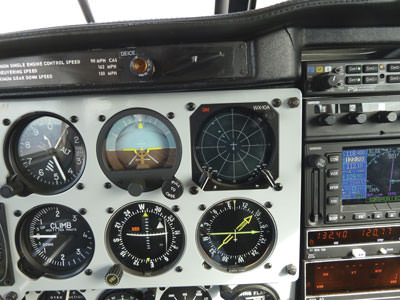
Now, don’t get me wrong, that stuff was flight-rated and that’s the processor and display as well, but still, to see all that hardware come down to a €20 sensor (including shipping) is something else, especially when that’s the most expensive out of a bunch of these kind of things.
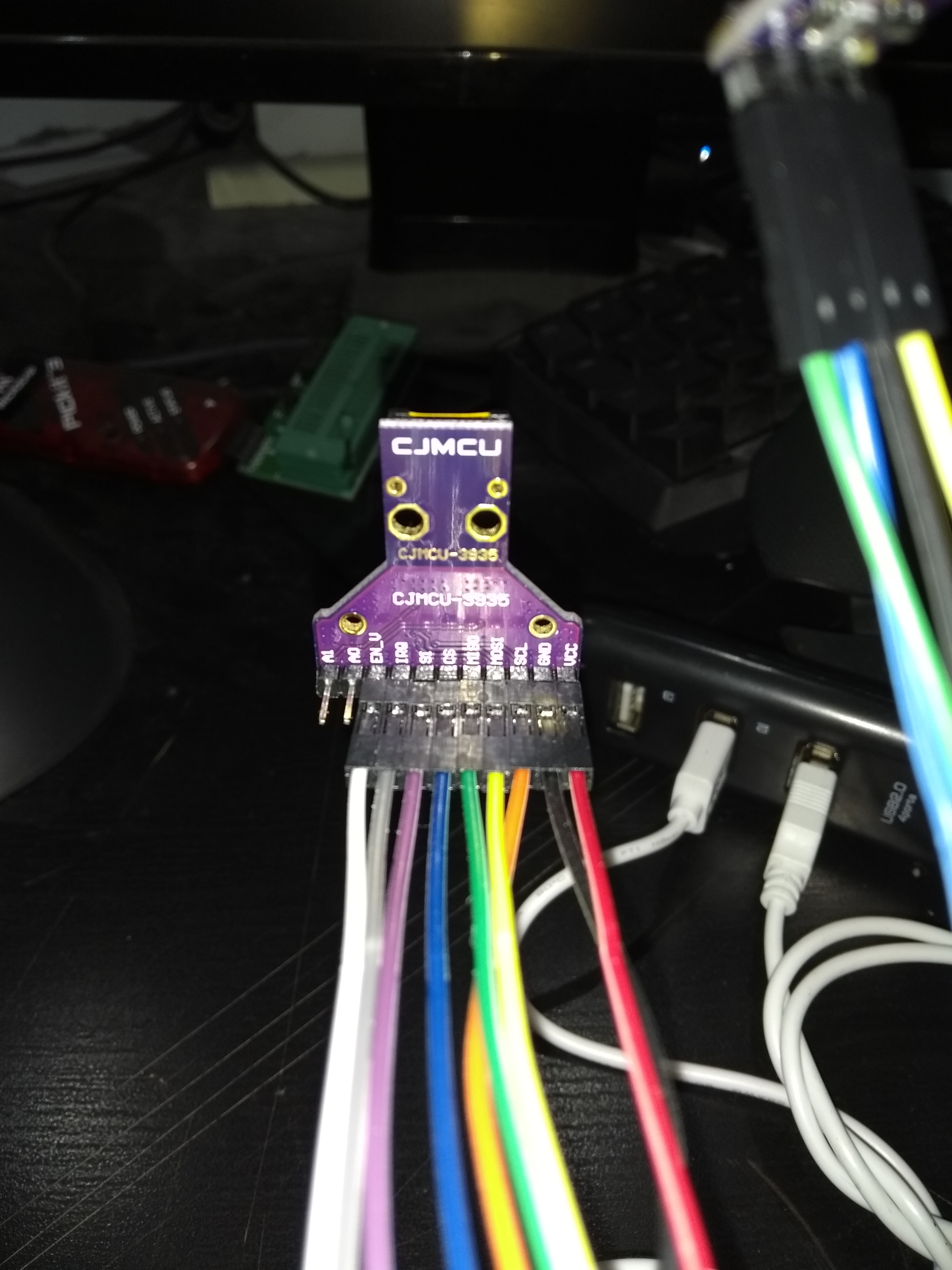
And it’s now plugged into one Raspberry Pi, along with a CO2 sensor and a barometric pressure, temperature and humidity sensor.
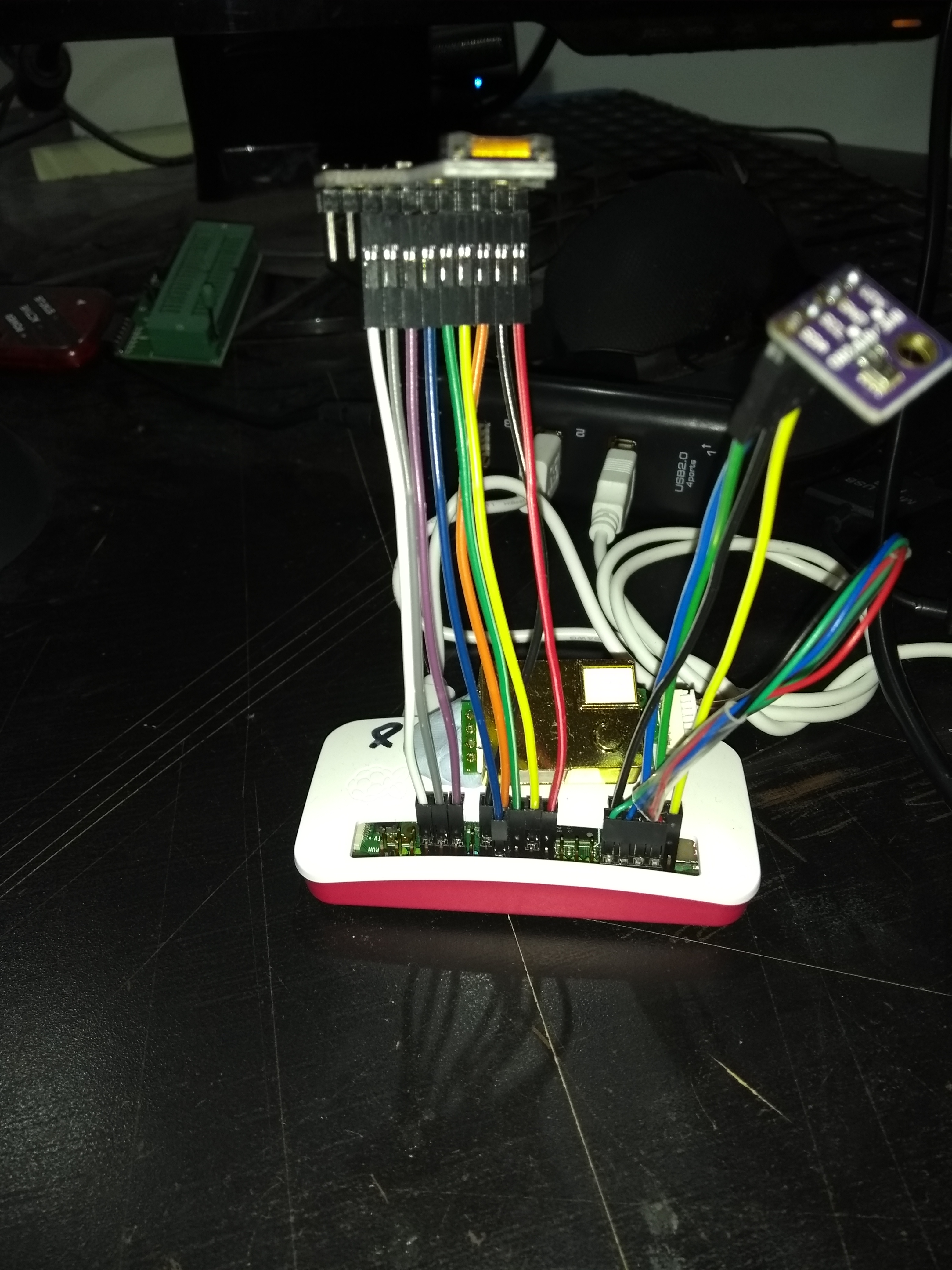
And so far, I can only read from two of them, but I’ve not had a lot of free time 😀 As far as I can tell, it’s working fine, I just haven’t stacked up libraries and python runtimes properly just yet. I’ll get to it.
Meanwhile, I have a half-dozen small oled displays originally intended for phones and such and costing no more than €5 for the most expensive, all plugged into another Pi and so far only one turned out to be toast on arrival, but none are as cooperative yet as I’d like (but this is the fun bit).
Oh, and speaking of displays, I seem to have ordered a wheelbarrow of neopixels. They play nicely with Pis as well (er, don’t watch this if you have epilepsy):
I do have a plan for those as well, I just haven’t gotten there yet (I’m wondering if that would work as a lightning detector display, sortof like a DiscoStormScope…)
And then there’s the CO/NO2/H2/NH3/CH4 gas sensor, the airborne particulates sensor, the 3D magnetometer, the other laser rangefinder, the luminosity sensor that works in both visible and UV light, the GPS module and the 3DOF gyro and 3DOF accelerometer which is basically the guts of an INS.
If I ever get some more free time, I now have enough to fill it…
Tags: aliexpress, pi, sensors




All this is incredibly inexpensive (and cheap?).
I guess the gyro has too much drift to cross the Atlantic but then you can use the GPS. Of course one would do it the other way around, using the gyro to compensate short term GPS outage. Gyro also useful for basic autopilot and very short range navigation where the GPS is not precise enough.
So many roads to explore.
Happy new year and much fun with the toys.
Sylvain
Oh, definitely these aren’t intended for primary navigation devices for anything important – they’re mainly byproducts of things like the mobile phone industry. Grand to play with, might even be useful for some real world purposes, but don’t put them in any part of a system that would hurt someone if it failed…
You might have seen on the blog “journeyman’s journal” dated 15th of January 3 old videos about Irish cabinet makers.
I the 3rd one they are making wood strips for inlay.
between 1’25” and 2′ 40″.
Sylvain
Saw that a while ago Sylvain, it was an old Irish television series called Hands and they were based in Cavan (I don’t think they’re still going, but the show was filmed in the 1970s). You can still get the show here : https://hands.ie/